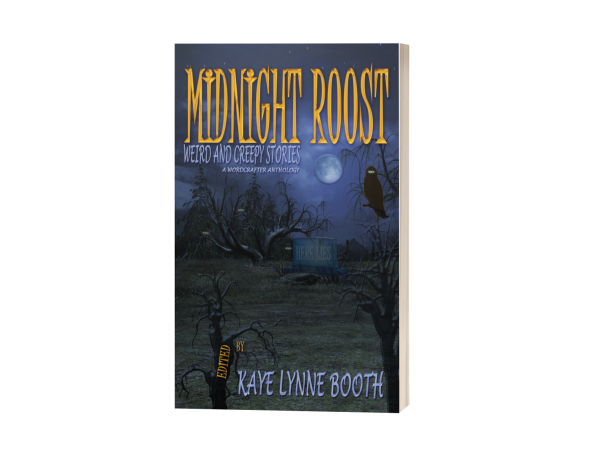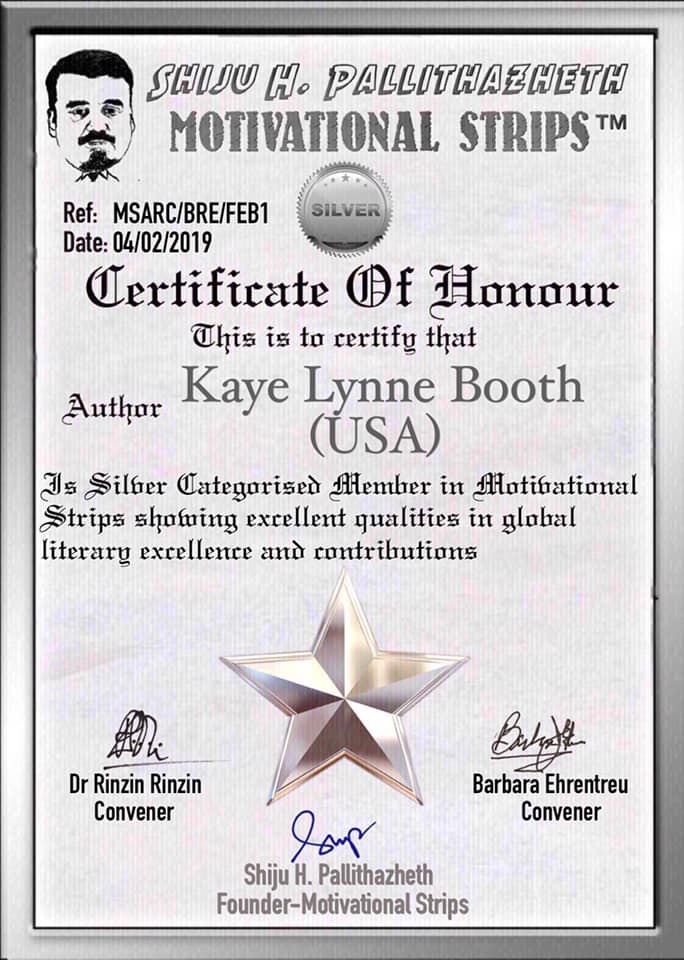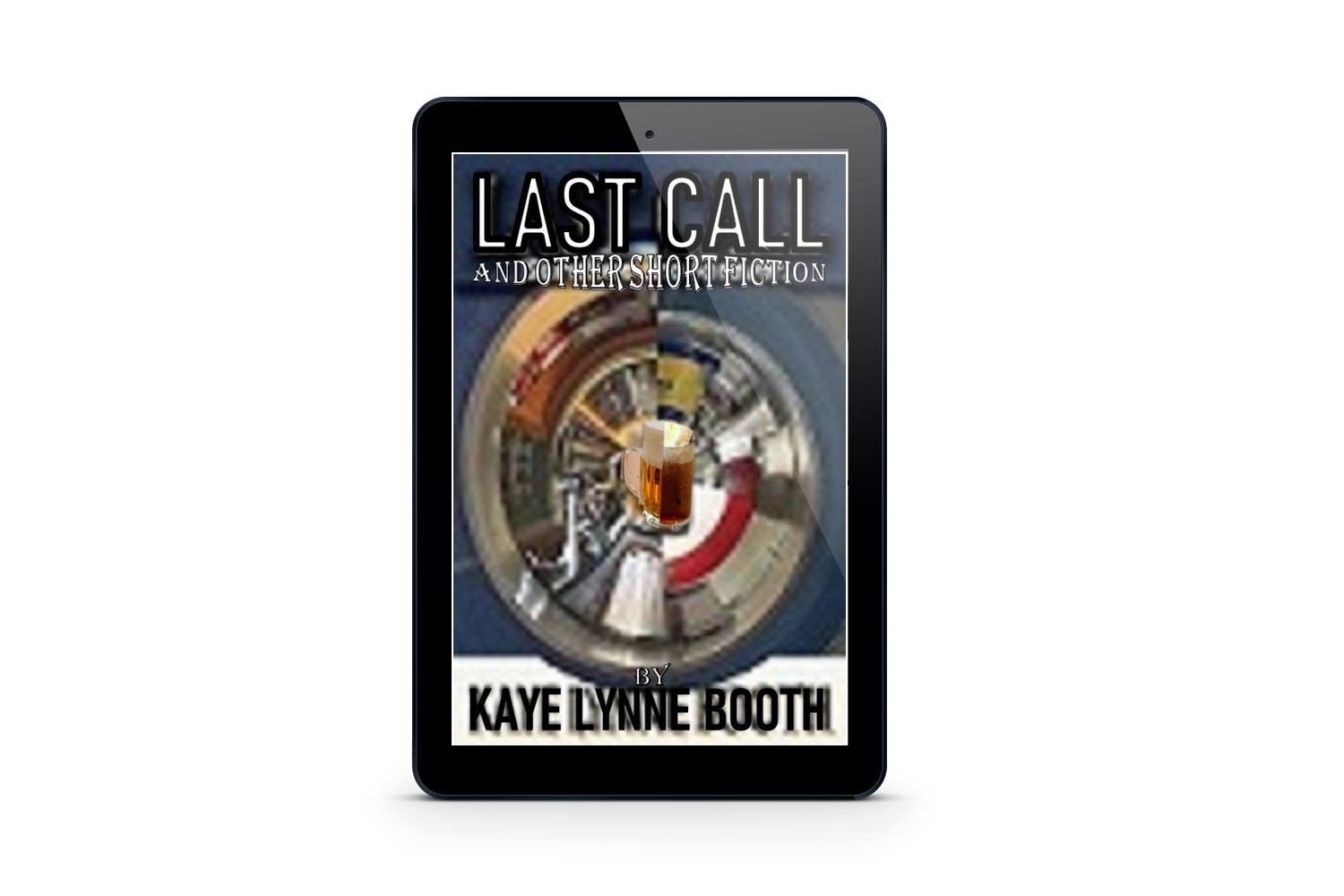Writer’s Corner: Visceral Character Portrayal
Posted: April 22, 2024 Filed under: Character Development, Writer's Corner, Writing | Tags: Character Development, Kaye Lynne Booth, Writer's Corner, Writing, Writing to be Read 3 CommentsThis post has been a long time in coming. It was promised back when I posted “Writer’s Corner: Creating Characters with Depth” back in September. I finally got back around to tackling this subject, so let’s delve in.
While our characters need to be deep, they also need to be characters which readers can relate to and feel like they know, so that readers will care about what happens in our story enough to keep reading. A good part of this work is done at the beginning of the story, where we first introduce our characters. There are several methods we can use to make our characters feel more real to readers.
Save the Cat
All characters are flawed, just as all people are flawed, but they must also have redeeming qualities if readers are going to care about what happens to them. This method of redeeming our characters comes from Blake Snyder and his screenwriting book of the same name, Save the Cat. The idea is to reveal the good qualities of your protagonist through a good deed, like saving a cat in an opening scene.
Not all protagonists start out a story as the good guy or hero. In fact, in a story which follows the hero’s journey, the protagonist is usually reluctant to take on the role which he or she has been given. Bilbo Baggins comes to mind from J.R.R. Tolkien’s The Hobbit, where the character has no desire to leave his cozy hobbit hole and go on the adventure he’s been called on to take.
In Sarah, which will be released next month, I have a scene where we see Sarah, who goes by Hair of Fire in her Ute family, sits at the bedside of a sick child, administering healing medicines and showing concern for the child. Sarah is a nice character and this small act is enough to show reveal her caring qualities. Her hero’s journey begins when she is snatched away from her tribe and has no choice but to embark upon her journey.
Often our characters are not nice people to start out with, and developing redeeming qualities may be a part of their character arc, so the changes won’t be seen until fiurther along in the story. But they must have some redeeming qualities or the readers may not like them enough to route for them.
The worse a character is, the bigger the redeeming deed must be. So if you have a character like Dexter, a serial killer who kills serial killers you must try harder to show the softer, caring side, by showing how he supports his sister and can really be a nice guy. I would think it could be really rough getting readers, or viewers, to relate to someone who goes out and brutally kills people, even if they might deserve it. Dexter’s save the cat event comes when he saves the next victim of the serial killers who become his victims, a tricky ploy to pull off for the writers. Redeeming a character like Dexter could be quite a challenge.
Heart’s Desire
I was listening to Wulf Moon on the Stark Reflections podcast, episode 341. Wulf is a writer who found success at a young age and winner of the Writers of the Future contest, who turned his own success into a way to help his fellow writers to learn about the essentials of writing a good story. He claims readers must see & feel what is important to the character, what drives them to action and propels the story forward in order to care about the character and carry them through the story or series. Wulf calls this the “Heart’s Desire” and he claims that he’s found that one of the mistakes beginning writers make often is to not tap into the heart’s desire and let your readers see this aspect of your character.
I discussed this a bit in that previous blog blog post, (linked above), on giving your characters depth using the character triangle to identifying the character’s flaws, their need, and their “want”, but “Heart’s Desire” is stronger and more applicable term for the motivating factor for your character. No matter what you call it, by revealing what matters to your character, and what makes them take action, and their flaws, readers get a glimpse into what makes your character human.
Subtext and Inner Dialog
In The Rock Star & The Outlaw, Amaryllis is an adrenaline junkie who thrives on taking risks with her life through drugs, alcohol, and dangerous behaviors. Not a very savory character to start with at the beginning of the story, she winds up killing her boyfriend in self-defense and running from his cronnies and the law. In order to make readers care about her, I had to reveal things about her past, and show her vulnerablities through her relationship with Monique, her interactions with LeRoy, and her determination to stay by his side when she could have run and saved herself. To be sure my readers didn’t overlook the hints as to her motivations, I revealed them through inner dialog and subtext, putting her thoughts out there so there would be no misunderstandings about her motivations.
Subtext is found in body language and tone of voice. It is the feelings which lie just below the surface and may indicate things are quite different from what they appear. You can check out my archive post from 2017, “Dialog: Talking in Subtext” to get a deeper discussion on how to use subtext to make your characters feel more real.
Inner dialog can be used anywhere it is needed to clarify character motivations and help readers see where the character is coming from or understand the direction in which they are going, helping readers to relate to them. When Dexter’s inner thoughts are revealed, and they use this a lot in that series, viewers come away feeling that his actions are, if not justified, then at least understandable, making Dexter seem like maybe not such a bad guy, if misguided by his background. If readers, or viewers, can see the character’s point of view, they understand the character better, even if they don’t agree with it.
_______________________________________

For Kaye Lynne Booth, writing is a passion. Kaye Lynne is an author with published short fiction and poetry, both online and in print, including her short story collection, Last Call and Other Short Fiction; and her paranormal mystery novella, Hidden Secrets; Book 1 of her Women in the West adventure series, Delilah, and her Time-Travel Adventure novel, The Rock Star & The Outlaw. Kaye holds a dual M.F.A. degree in Creative Writing with emphasis in genre fiction and screenwriting, and an M.A. in publishing. Kaye Lynne is the founder of WordCrafter Quality Writing & Author Services and WordCrafter Press. She also maintains an authors’ blog and website, Writing to be Read, where she publishes content of interest in the literary world.
_____________________________________________
If you’d like to show your support for this author, you can make a donation to Writing to be Read for as little as a cup of coffee. All support is appreciated.
















Hi Kaye, thank you for this great post, I found it most interesting and useful.
LikeLiked by 1 person
I’m glad to hear that you found it useful, Robbie. Thanks for reading. 🙂
LikeLiked by 1 person
💛
LikeLike